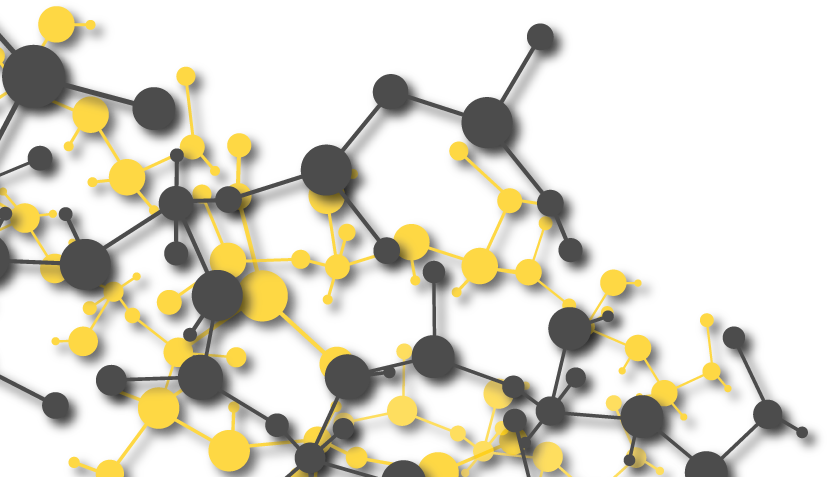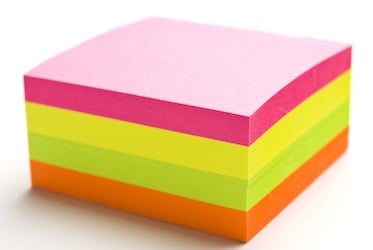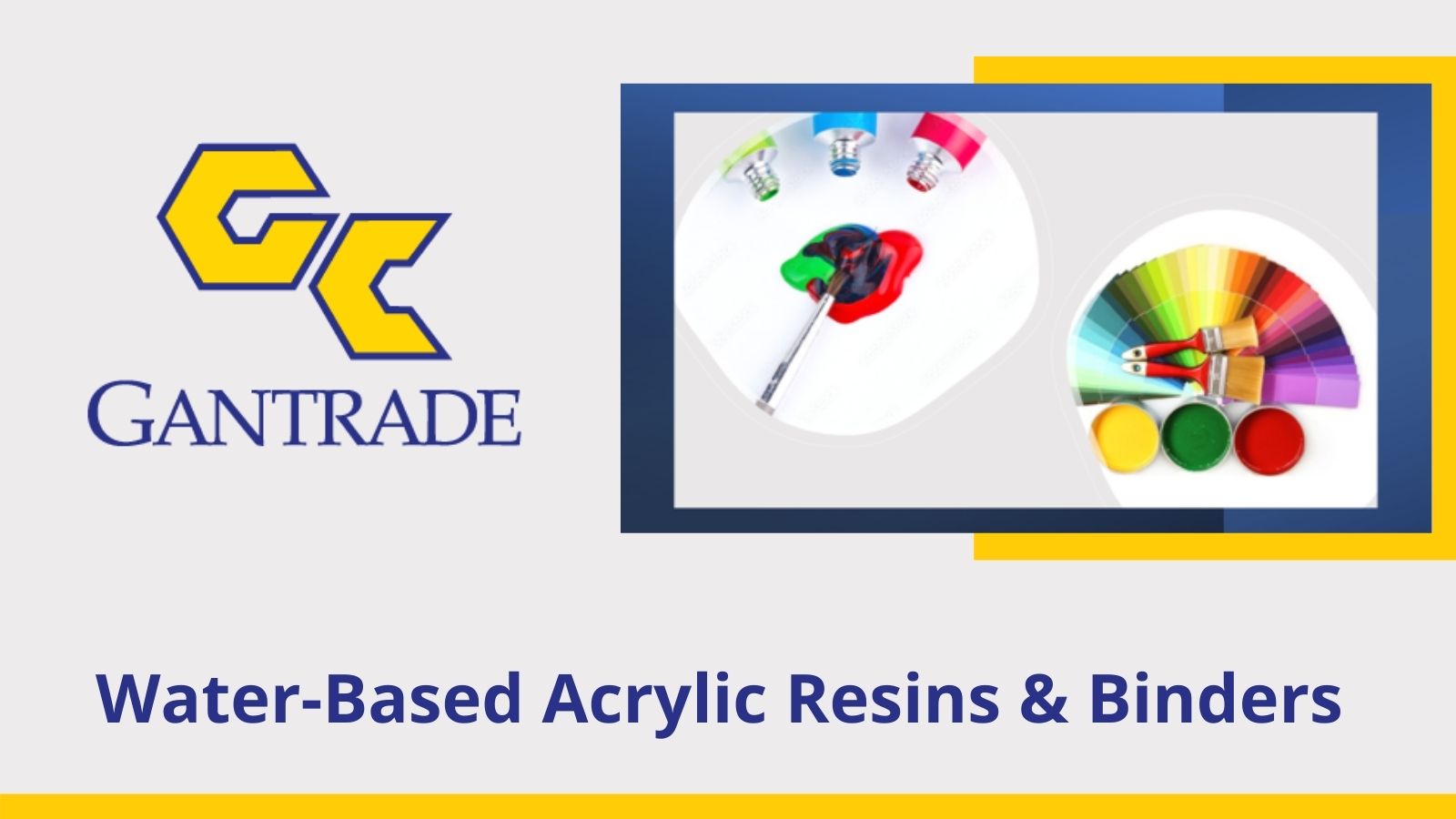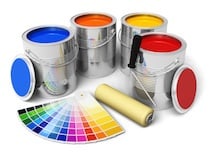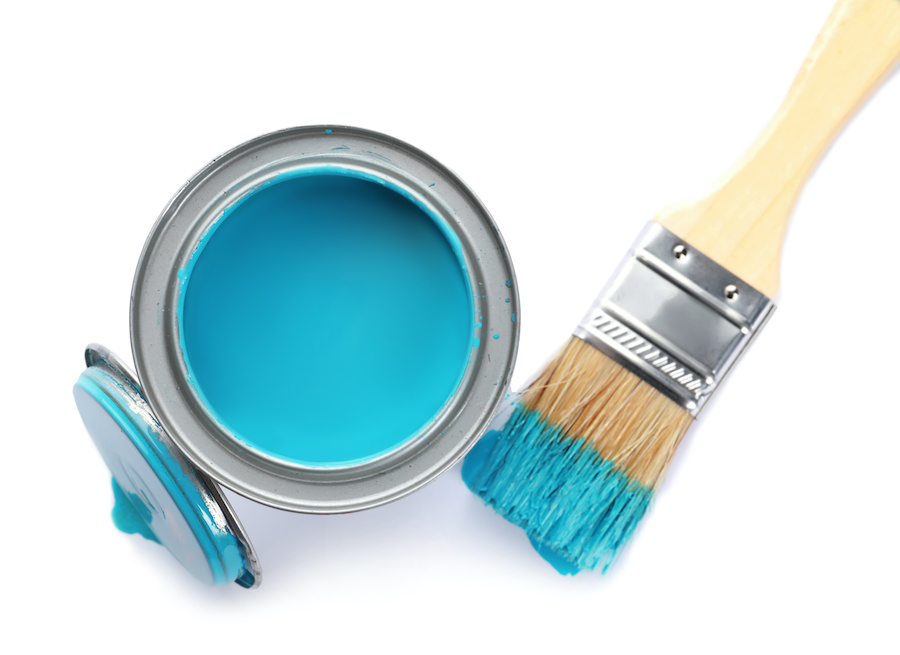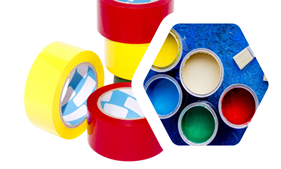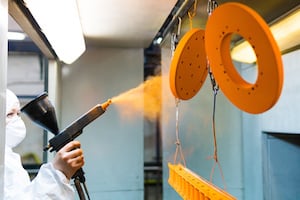N-butyl acrylate (BA) is the largest-volume acrylate ester used in the production of all-acrylic, vinyl acrylic and styrene acrylic copolymers. BA offers price-value and accounts for about 60 percent of the global acrylic ester monomer demand, with a consumption volume of over 2,000 kilo tons.
For over 45 years, Gantrade has built lasting relationships worldwide, based on our ability to deliver quality products like BA consistently and cost-effectively. Let's take a look at why BA holds a special place in the market for acrylate esters.



